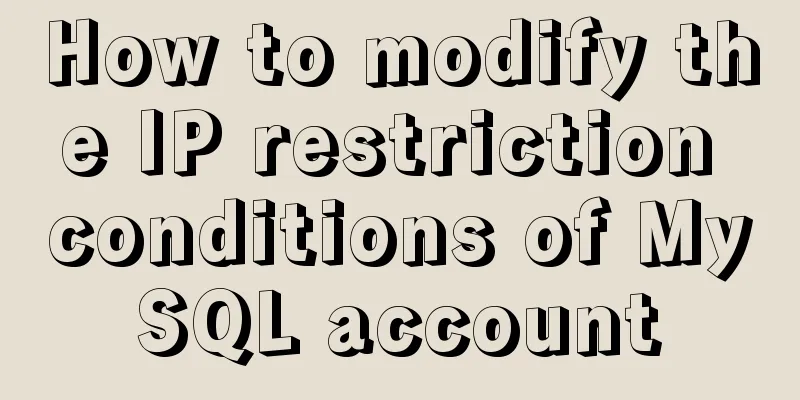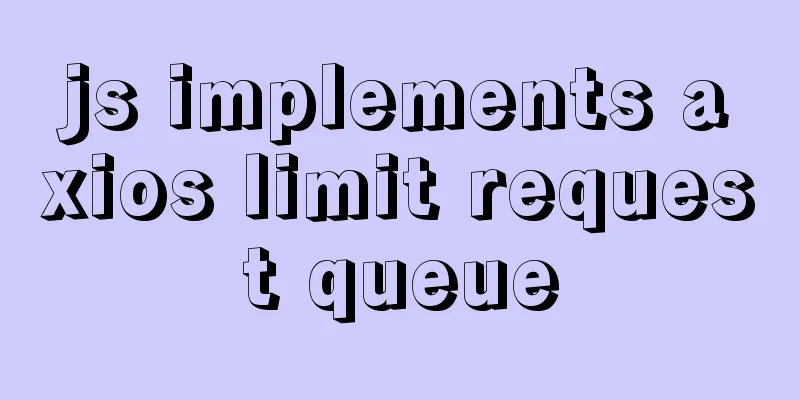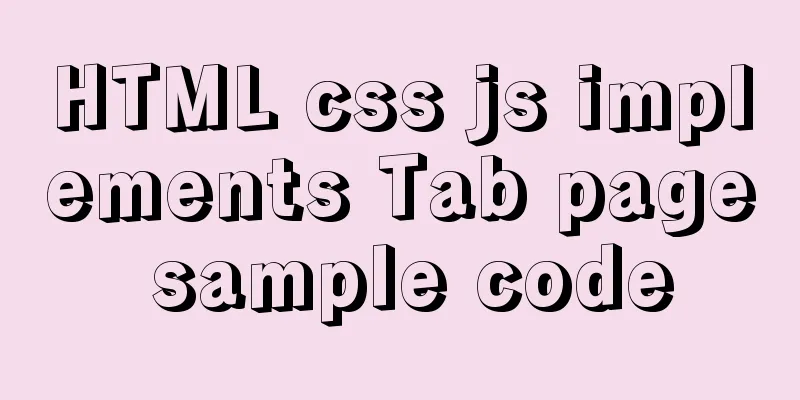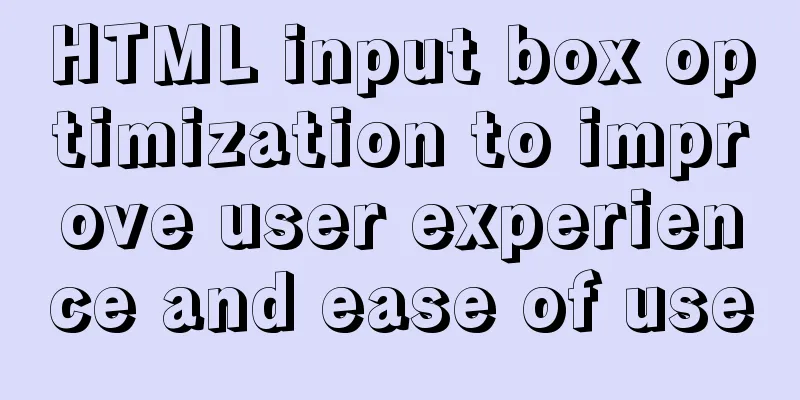Several principles for website product design reference

|
The following analysis is about product design principles, but most of them are based on website products, so they can also be called website product design principles, involving users, browser tools, SEO and experience, etc. There are both principles and examples. Many principles are universal for website products and can be used for reference no matter which website or product. Based on my own experience, I have summarized 8 basic principles in product design. I hope it will be helpful to some friends who are just getting started in product design. 1. Watermelons should look like watermelons, and beans should look like beans .<br />There is also a negative way of saying this, which is "There is a refrigerator called TV." Some classmates may say that what you are saying is nonsense. In fact, it is often ignored by designers because it is nonsense. For example: a text link does not seem to be clickable; it looks like a button, but it is just a different picture; for the sake of "innovation", an ordinary radio button is packaged very beautifully and gorgeously, but users have no idea what this control can do. There are many similar problems, which are most easily made by designers. So when you want to innovate or make the page more exquisite, first check whether your design is "watermelon-like or bean-like". 2. It is not the user learning that matters, but whether it is easy to learn. 3. Complete the process first, then talk about the “experience” 4. Focus on the key points <br />We often see a scene like this: a page is filled with a lot of dense writing to introduce a new product, with poetic text and dazzling pictures. But after reading it, I still don’t understand what the characteristics of this product are. Or some users are in a hurry and will simply ignore it and either leave or use it immediately. When we were in school, the homework we often had to do in Chinese class was to divide the text into paragraphs, analyze the main ideas of each paragraph, and summarize the central idea. The same is true for Internet products. We don’t write articles on the page. Users are generally in a hurry and they don’t have the mind to read your long article, so it is best to directly tell users the "main idea" and "central idea" of your article. Please don't say anything useless, just get to the point. 5. Use IE6 to use your own website <br />Although there are now various browsers such as IE8, IE7, Firefox, etc. But no matter what, IE6 is still the most commonly used by Chinese users. As an Internet practitioner, of course, because we are personal, we use Firefox, and because we are fashionable, we use IE8. But don't forget that most users are neither personal nor fashion, so they still use XP and IE6. So as a product person, you must use IE6 when using your own products, so that you can see the same things as users. 6. Why? 7. The customer is God .<br />Last time I saw someone say on Twitter, "If a restaurant uses the UCD method, it would not be very good." I then added that in traditional industries this is called “the customer is God.” That’s right, although only professionals know about “user-centered design”, ordinary people definitely know what “the customer is God” means. In fact, in the traditional service industry, "the customer is God" is already an unwritten rule. Don't think that you are so mysterious if you do UCD. In fact, what you are doing is "the customer is God". So when you are working, take off your tall UCD hat first, and examine your products and users with the heart that the customer is God. 8. SEO and Email |
<<: Summary of three ways to implement ranking in MySQL without using order by
>>: Parsing Linux source code epoll
Recommend
Implementation ideas and steps for MySQL master-slave construction (multiple masters and one slave)
background: Since the company's projects seem...
Complete steps to install MySQL 8.0.x on Linux
MySQL Introduction to MySQL MySQL was originally ...
Graphical introduction to the difference between := and = in MySQL
The difference between := and = = Only when setti...
Detailed explanation of the loading rules of the require method in node.js
Loading rules of require method Prioritize loadin...
In-depth analysis of MySQL lock blocking
In daily maintenance, threads are often blocked, ...
Today I will share some rare but useful JS techniques
1. Back button Use history.back() to create a bro...
MySQL 8.0.18 deployment and installation tutorial under Windows 7
1. Preliminary preparation (windows7+mysql-8.0.18...
How to use nginx to simulate canary release
This article introduces blue-green deployment and...
JavaScript Regular Expressions Explained
Table of contents 1. Regular expression creation ...
Detailed explanation of MySql data type tutorial examples
Table of contents 1. Brief Overview 2. Detailed e...
Detailed explanation of as, question mark and exclamation mark in Typescript
1. The as keyword indicates an assertion In Types...
Discussion on image path issues in css (same package/different package)
In CSS files, sometimes you need to use background...
Detailed explanation of how to effectively store IP addresses in MySQL and how to convert between string IP and numerical values
When looking at High Performance MySQL Version 3 ...
Teach you how to deploy zabbix service on saltstack
Table of contents Saltstack deploys zabbix servic...
Detailed explanation of CSS label mode display property
The code looks like this: <!DOCTYPE html> &...









